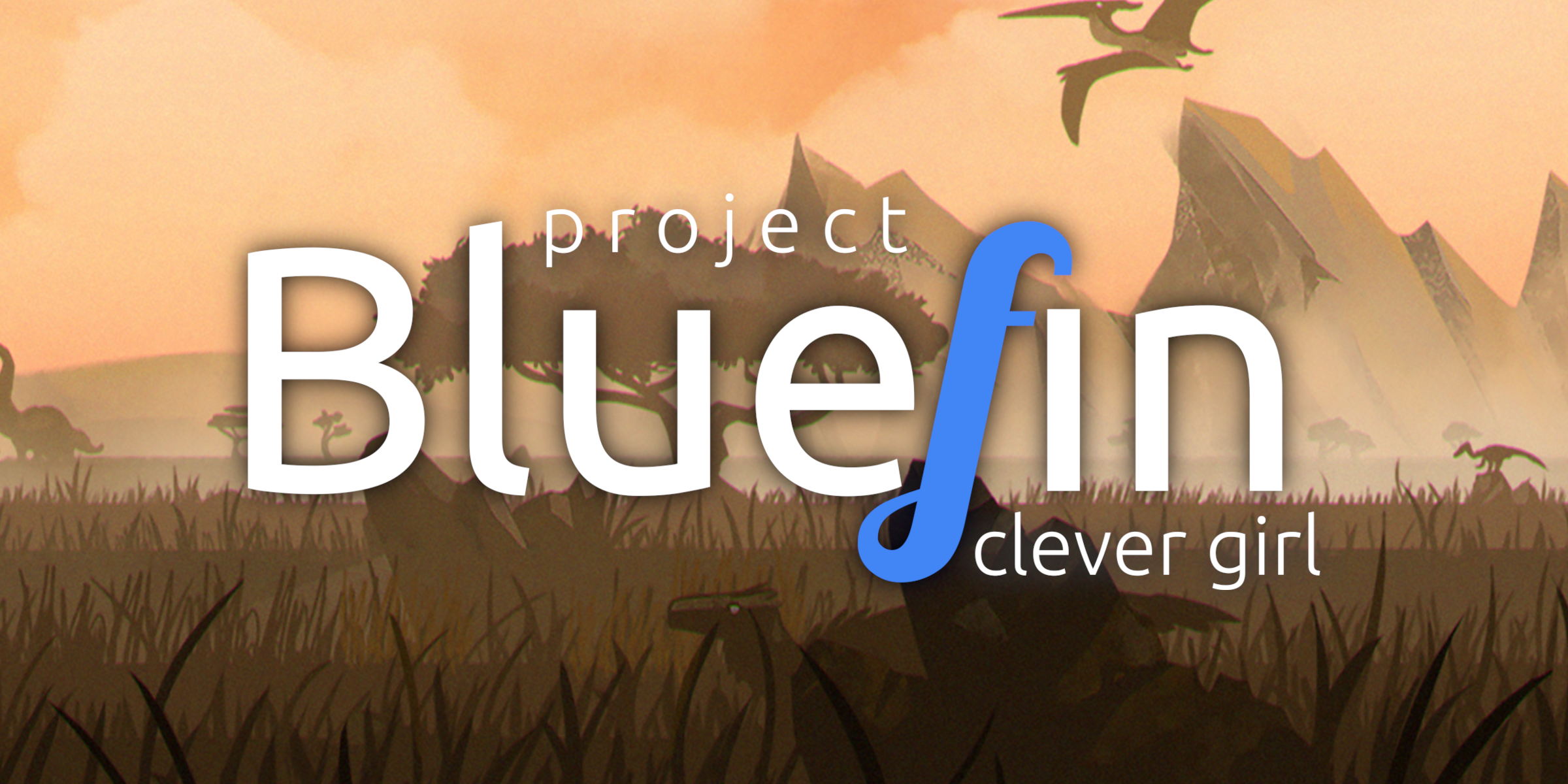- 4 Posts
- 28 Comments
I run Guix System on my personal laptop and Project Bluefin on my work machine.
Guix is even easier to get started with now thanks to the Guix Packager , a web UI for writing Guix package definitions.
Project Bluefin auto-updates thanks to its use of container images deliver system updates. It’s also just a great platform to get started writing containerized apps, since it ships with rootless Podman by default and you can easily add new developer tools using
justcommands.

 41·1 year ago
41·1 year agoThe Intel discrete cards are fantastic value for money. There’s plenty of folks on the internet who can attest to this. Intel’s support story in general (so not just graphics cards) on Linux has been nothing less than sterling. If you’re using any Linux kernel you can expect Intel stuff to just work. It’s been this way for at least a decade.

 1·1 year ago
1·1 year agoWebOS powers TVs now and, from the article, Amazon intends this replacement to cover their Fire tablet line. WebOS ticks all their boxes, especially since apps in Amazon’s new flavor are intended to be delivered as React Native web apps.

 6·1 year ago
6·1 year agoI’m devastated they didn’t choose to pick up webOS for this.
If you’re looking for the GitLab version of Codeberg’s hosted Forgejo Git forge, there’s Framagit hosted by Framasoft.
I try to write about it as much as I can here! There’s also [email protected]

 31·1 year ago
31·1 year agoHmm, well Fedora on its own (so no Silverblue) is very much your classic way of shipping a distro. That tends to mean that, over time, “cruft” accumulates as you upgrade your system, uninstall/reinstall packages, etc. They leave bits of themselves behind that can cause unwanted behavior.
Fedora Silverblue, that Bluefin is based on, treats the entire system layer as “immutable”. Basically, it ensures consistency so that upgrades and package upgrades don’t leave the system in an inconsistent state.
What Bluefin adds on top of this is a set of opinionated, pre-configured layers suited for getting particular groups of tasks done. Those layers are also immutable and tested as a whole, which makes shipping those layers at velocity easy (faster upgrades, less wonky behavior on upgrade) and easy to swap between, so you can go from gaming to developer mode without worrying about an accumulation of cruft.
Is that helpful at all? There’s also this announcement blog post, which I found very helpful in understanding the value proposition.

 32·1 year ago
32·1 year agoBecause it uses OCI images, it auto-updates like a Chromebook, and you can switch between modes, like say a gaming mode that’s a full SteamOS replacement, to a mode that gives you an entire development environment without needing to install and configure these layers or stacks of capabilities yourself.
That’s very powerful. For cloud native developers like myself who are used to working with container images as the deliverable artifact, this makes that workflow very easy. Podman is included. You can create entire development environments at will that are totally “pure”: no side effects because everything you need is in the container. That’s a Dev Container.

 1·1 year ago
1·1 year agoThat’s what I thought but I’ve tried five or so images without success including the more mainstream ones like Fedora.

 1·1 year ago
1·1 year agoThe old homegrown Pardus was really something special with its Kaptan system configuration tool and PiSi package manager.

 1·1 year ago
1·1 year agoI love Guix and want to see it get more recognition but I’ve never been able to get Distrobox working on Guix System, have you? I opened a discussion on the Distrobox GitHub but it was quickly closed.
I use Guix Home too and love it! Never been able to figure out how to get git-annex to work, especially on an Android device.
I used to use this but nowadays I prefer the single, declarative file approach of Guix Home and Home Manager.

 8·1 year ago
8·1 year agoCan’t believe I’m the first one to come in with Guix System!! I like it because, just like NixOS, it’s immutable, declarative and pure. I also dig that everything is written in Guile Scheme, a full-fat programming language. You don’t need to know the language exhaustively to get started. There’s some wonderful folks in the community though it’s a bit spread out since not everyone wants to chat on IRC and mailing lists.
The Guix sublemmy.

 4·1 year ago
4·1 year agoI believe Logseq also has this built-in via Tldraw integration and it’s fully FOSS which I dig.

 3·1 year ago
3·1 year agoHey I live in Denmark! How unexpected it is to hear Linux runs in some municipalities: in my sector you only hear of Microsoft running on most of the public infra but my knowledge is limited to Copenhagen.

 3·1 year ago
3·1 year agoHey, thank you for this comprehensive feedback! I’ve emailed the guix-devel mailing list to draw attention to your critique because I think it’s important.
Sorry, I should have clarified: Bluetooth or USB-connected trackpad. I use a fancy mechanical keyboard so I need some other input device that isn’t my laptop’s integrated trackpad.

 101·1 year ago
101·1 year agoCome over to team Guix System, we have cookies 🍪





Hey there! And thank you for reading.
Let’s take your example, as a Nomad cluster operator. The Acme Corporation may have a team for provisioning and maintaining this Nomad cluster. The organization wants to give customers the option for self-service. As a Nomad cluster operator on the Nomad team, because you are empowered with agency and visibility, you get to think of creative solutions to the problem of self-service. The billing team? They’re doing that too. And your two teams may collaborate. But the onus is on you to be creative and work within your skillset to best deliver.
Maybe you decide to go sit with the billing team for a week to understand the provisioning flow from the moment a customer presses pay to the automatic creation of a new Nomad cluster. Because you are empowered, you act. You’re happier because you don’t have to go through seven layers of command to be effective.
Does that help?